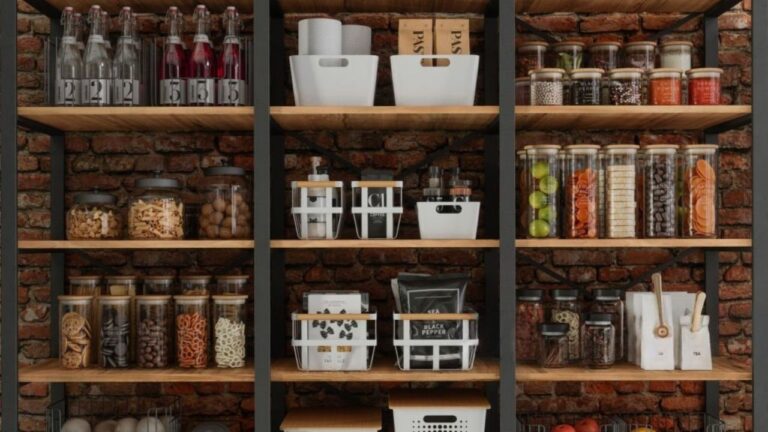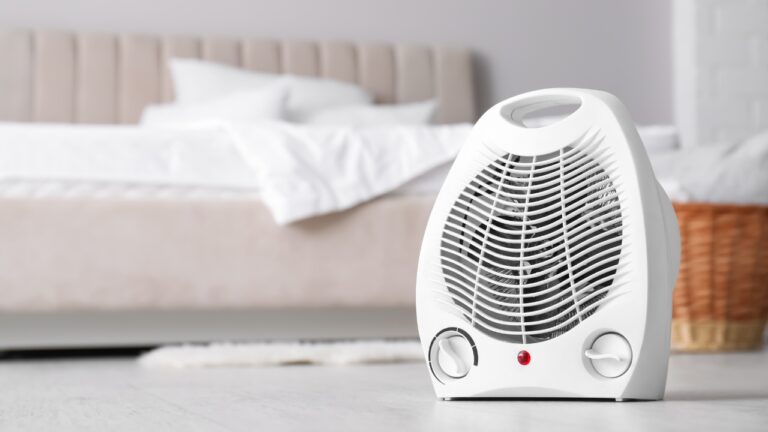9 Summer Cleaning Mistakes That Leave a Bigger Mess Later
Summer cleaning can feel easier with all the extra sunlight and open windows, but some habits that seem like time-savers actually create more work in the long run. Heat, humidity, and fast-drying surfaces can make certain shortcuts backfire—and leave you with bigger messes than you started with.
Whether you’re freshening up the house, tackling outdoor chores, or keeping things presentable with the kids home, these are the mistakes that tend to come back and bite you later.
Using Too Much Cleaner in the Heat
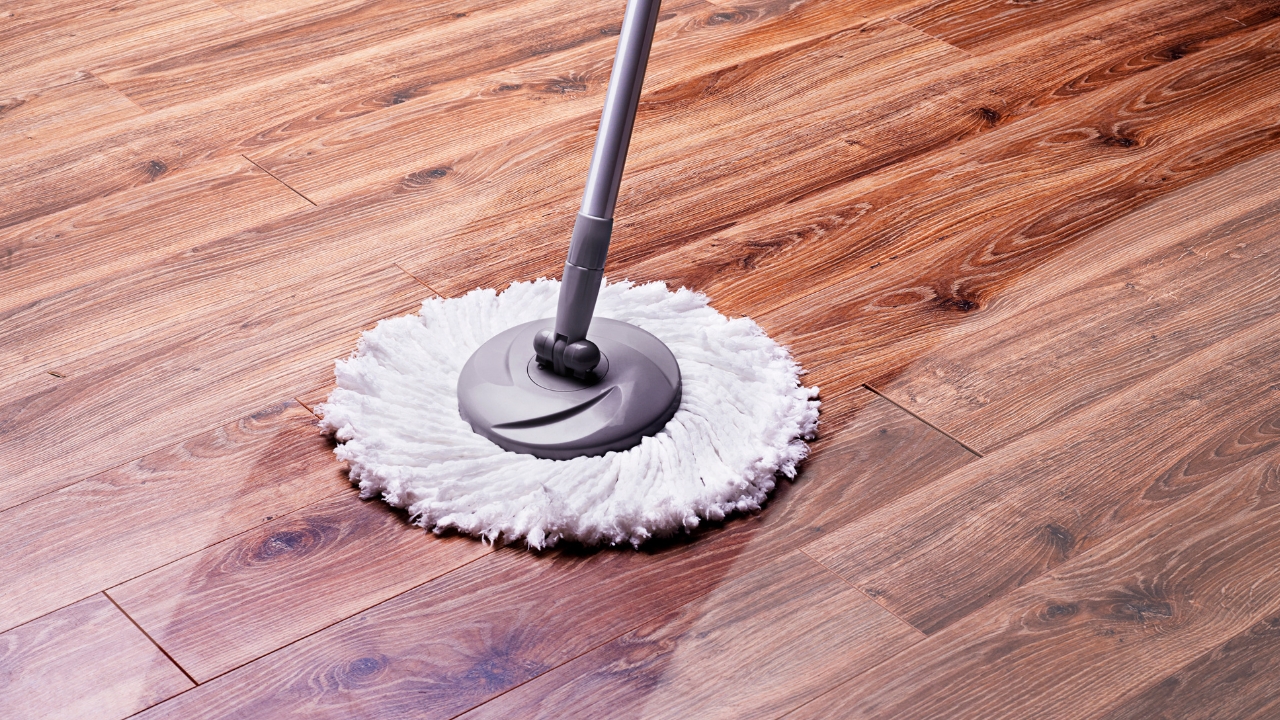
In the summer, cleaners dry fast. If you use too much product—especially on glass, counters, or floors—you’ll end up with streaks, sticky residue, or dull surfaces that attract more dust.
It’s better to spray less and wipe quickly. For disinfectants, let them sit the required time, then wipe thoroughly. Overdoing it might feel extra clean in the moment, but all that buildup ends up making things look dirtier faster.
Letting Wet Towels Pile Up

Wet towels from swimming, showers, or sweaty days often get tossed into a laundry basket or left on the floor. That trapped moisture builds mildew fast, especially in hot weather—and the smell doesn’t wash out easily.
Hang towels up to dry right away, even if you’re planning to wash them later. The more airflow, the better. Leaving them bunched up only turns a quick laundry load into a bigger smell problem down the line.
Mopping Without Sweeping First

Mopping without sweeping or vacuuming first might seem like a shortcut, but it turns crumbs and dust into wet sludge. That gunk sticks to your mop and smears across the floor, making the whole job less effective.
Always sweep or vacuum before you mop. Summer means more foot traffic, so skipping this step usually means you’re spreading dirt, not removing it—and you’ll notice the floors looking worse within a day or two.
Ignoring AC Vents and Filters
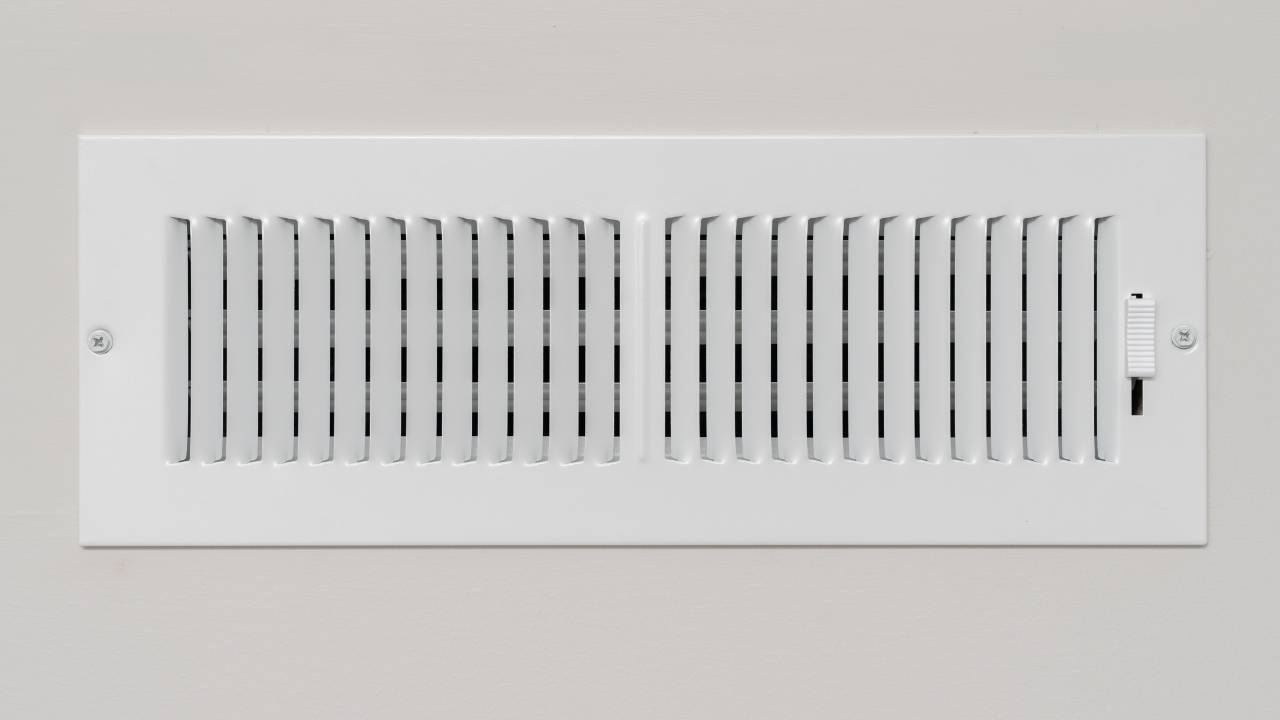
If you’re wiping down surfaces but ignoring your air vents and filters, you’re missing where a lot of dust and pollen starts. In summer, your HVAC runs more often—and that means it’s cycling dirty air if filters are clogged or vents are dusty.
Clean your vents regularly and change the filter every month or so during high-use seasons. Otherwise, all that buildup keeps recirculating and ends up right back on your freshly cleaned surfaces.
Pressure Washing Without Prepping First
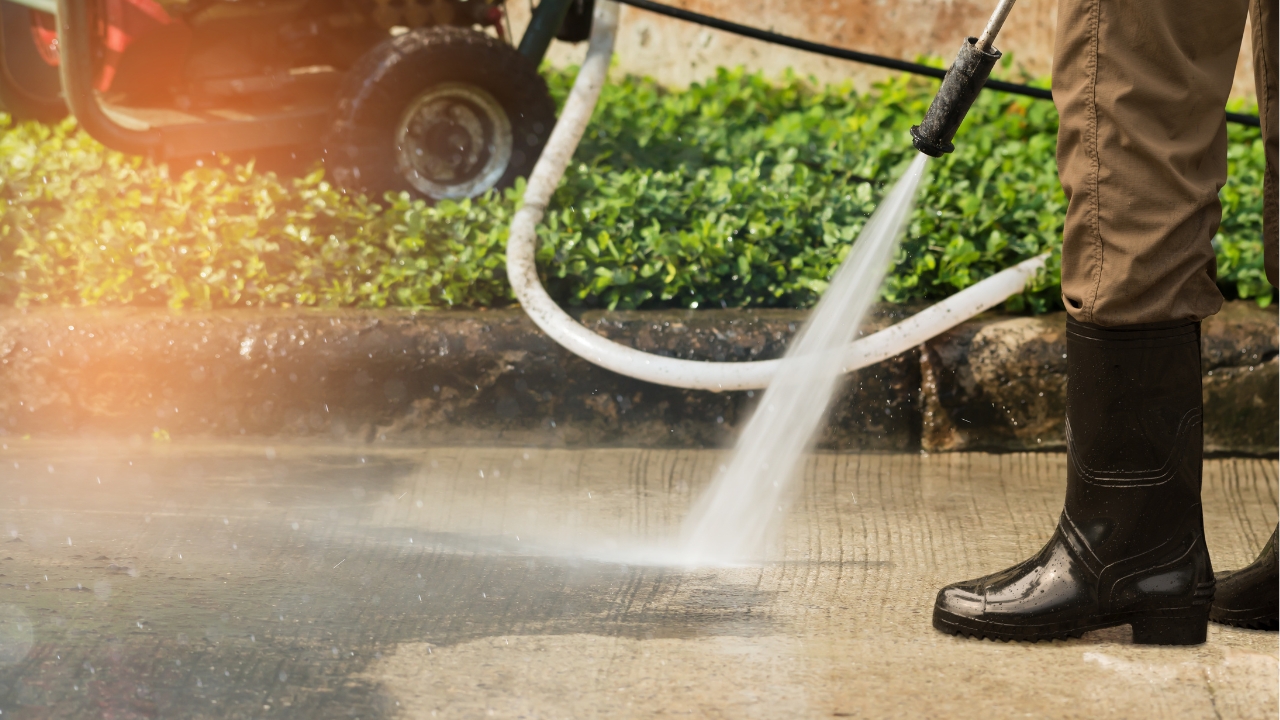
Grabbing the pressure washer on a sunny day feels productive, but blasting dirty surfaces without sweeping or pretreating can push dirt deeper or leave uneven marks. Worse, it can damage paint, wood, or siding if the pressure’s too high.
Brush off debris first and treat any tough spots before turning on the water. You’ll get better results and avoid the mess of splattered mud or loosened gunk that dries in streaks all over your patio or house.
Using the Wrong Products Outside

Spraying indoor cleaners on patio furniture or outdoor toys might smell nice, but many can’t stand up to sun and heat. They can leave behind residue that bakes on or attract more dirt when things heat up.
Stick with cleaners made for outdoor use—or use a vinegar and water mix that won’t leave a film. And always rinse thoroughly. Products that seem harmless indoors can leave outdoor surfaces looking worse once the sun has time to cook them in.
Skipping Rinsing When You Clean Windows
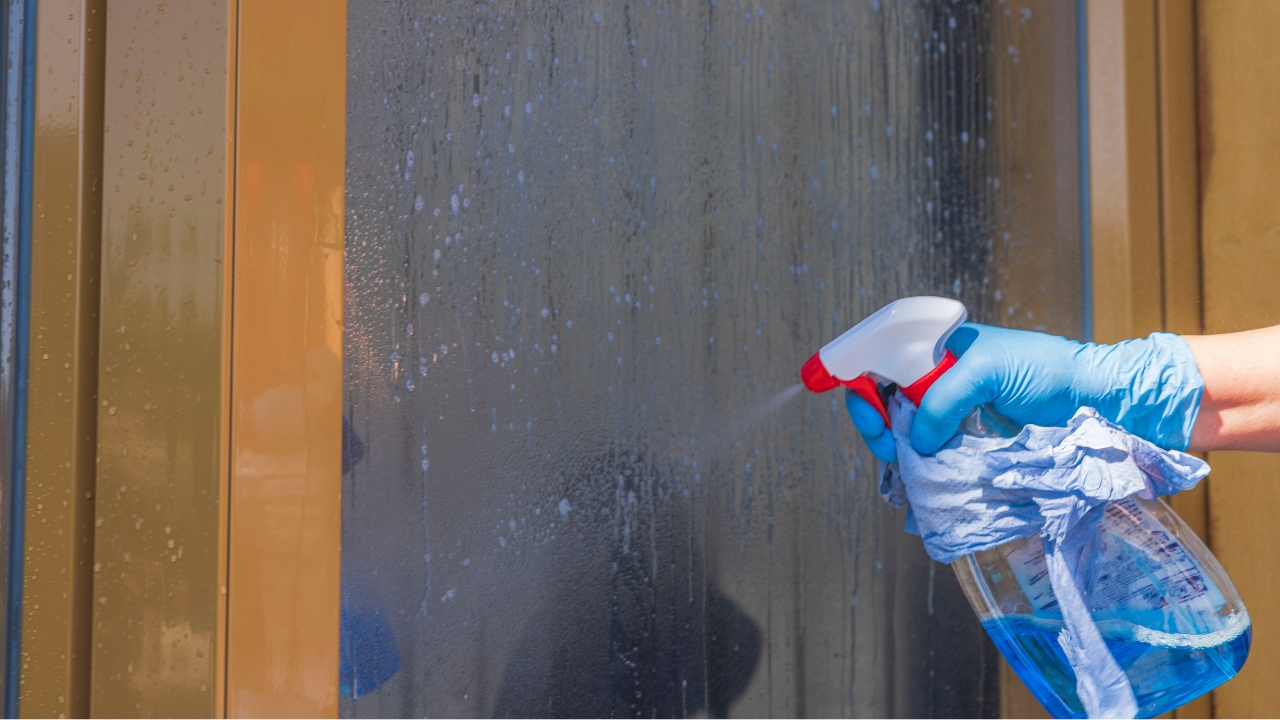
In hot weather, window cleaner dries fast. If you don’t rinse or buff it thoroughly, you’ll end up with streaks, spots, or a filmy haze—especially on the outside where dust and pollen settle.
Use a microfiber cloth or squeegee and work in smaller sections so nothing dries before you get to it. Cleaning windows in full sun usually makes things worse. Wait for shade or early morning for the best results.
Washing Outdoor Rugs and Letting Them Dry on Concrete

Washing an outdoor rug sounds like a good summer project—until you let it dry directly on a hot driveway or patio. That traps moisture underneath, leading to mildew or staining both the rug and the surface below.
After rinsing, elevate the rug so air can move underneath. Use a railing, chairs, or a fence. Drying flat on a hot surface is a guaranteed way to create smells, stains, or warping.
Forgetting to Dry Under Mats and Cushions
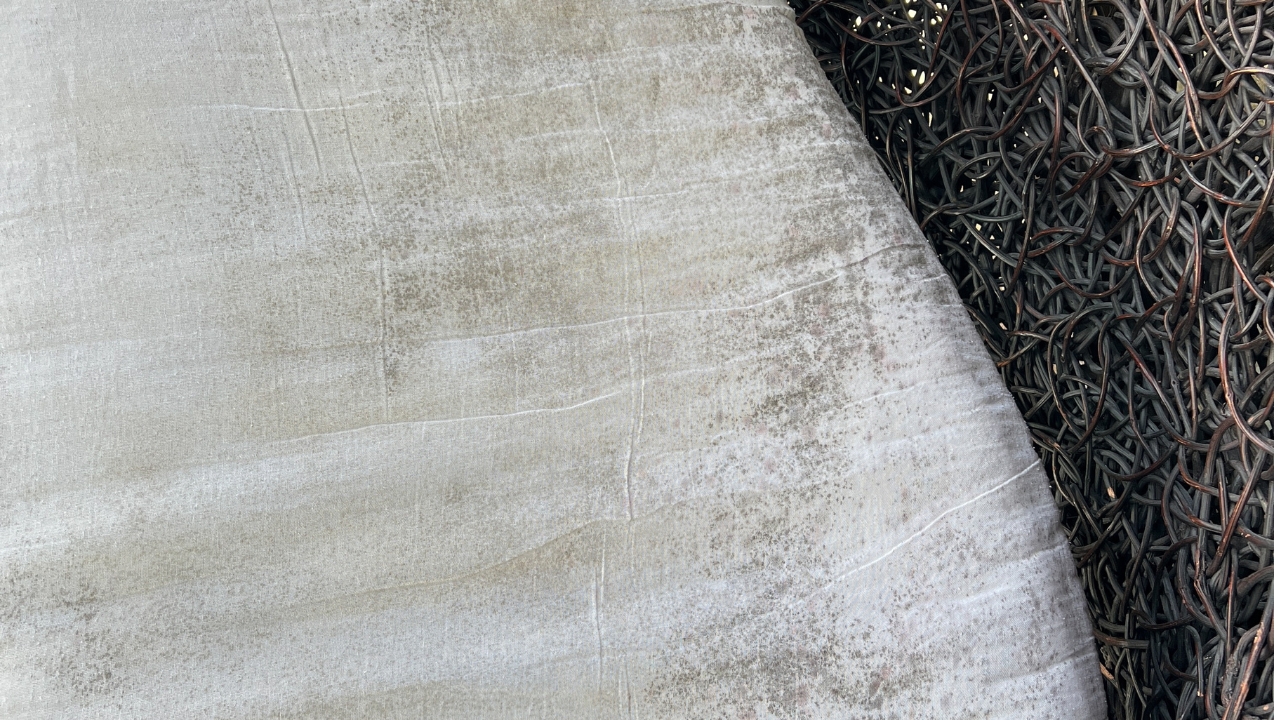
Outdoor mats, porch cushions, and entry rugs soak up water fast—whether from rain, sprinklers, or sweaty feet. If you don’t dry underneath regularly, mildew builds and the mess spreads to decks, patios, and floors.
Lift and air things out weekly, especially during humid stretches. A quick dry out now saves you from having to scrub green gunk or toss moldy cushions later.
*This article was developed with AI-powered tools and has been carefully reviewed by our editors.




